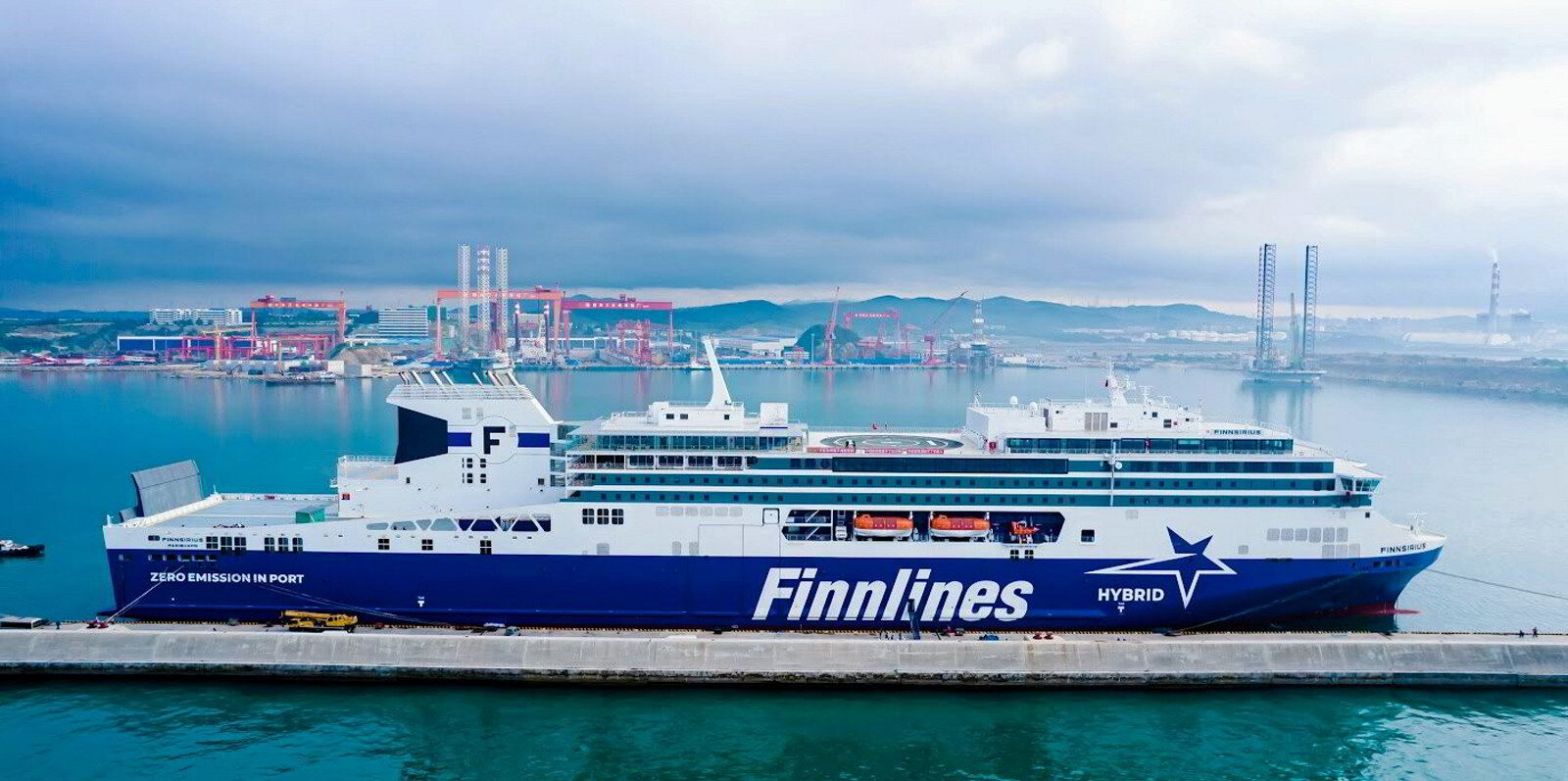Finnlines’ revenue grew year over year, but expenses dragged the bottom line down.
The Grimaldi Group subsidiary brought in €358m ($388m) in revenue in the first six months of 2024, up from €336m for the same period last year.
But the net result fell to €24.2m from €41.9m as expenses piled up.
Materials and services jumped to €136.3m from €120m and financial expenses to €12.9m from €6.2m. The company blamed the latter line item on higher Euribor and leasing costs.
The top-line performance came although the number of cars transported slipped from 86,000 to 47,000 and non-unitised freight fell from 707,000 tonnes to 658,000 tonnes.
The number of passengers in the first half jumped from 356,000 to 400,000, helped by traffic on the Finland-Aaland Islands-Sweden route more than doubling following the introduction of two new vessels.
The company also highlighted its new Sweden-Poland route from Malmo to Swinoujscie that began running in April.
“The Polish economy has grown faster compared to many other European countries during the last 30 years,” chief executive Tom Pippingskold said.
“The line has opened a new important sea bridge between Sweden and Poland and, therefore, secures an important commercial trade route between the two ports and countries.”
He said there is reason to believe that the European economy will improve later in the year, boosting activity and Finnlines’ prospects.
“In June, the European Central Bank (ECB) finally decided to decrease the interest rates by 0.25 percentage points,” Pippingskold said.
“This decision should give a small boost to private consumption. However, rapid rate cuts are still needed by ECB in order to generate more industrial activity and real economic growth in the EU area.”





